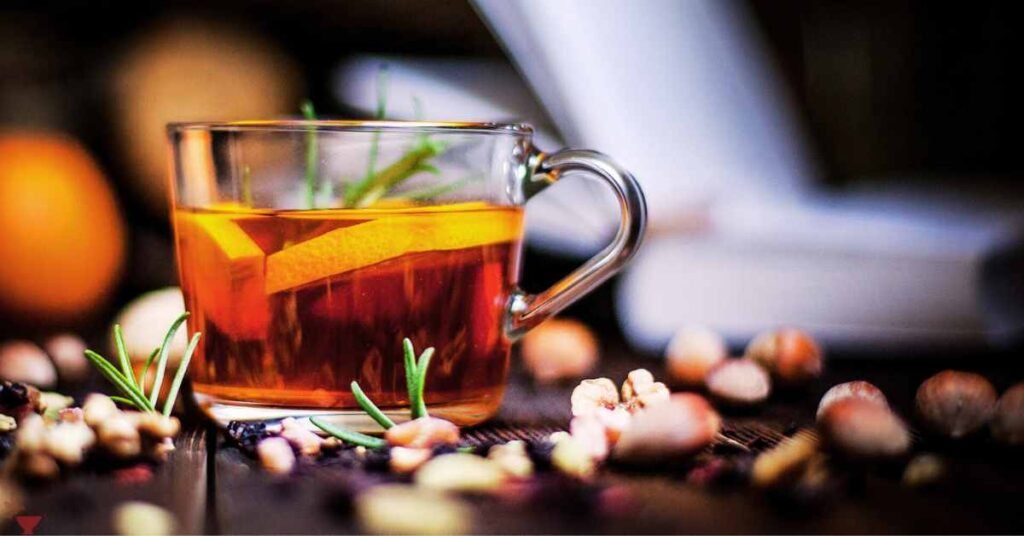Aromatic, smoky, and tasty, throughout history tea has been praised and enjoyed in equal measure and is the subject of numerous myths and legends.
Today it is one of the most popular beverages worldwide. And it is not for less since the benefits of tea are not only limited to its organoleptic properties, but it contains numerous chemical compounds beneficial to health.
Chemical Composition According to Tea Type
Although all teas come from the leaves of the same plant, Camellia sinensis, the way they are processed gives rise to the different varieties of tea we know, such as green tea, black tea, white tea, or even the acclaimed matcha tea.
In this way, we endow tea with infinite nuances, both in terms of flavor and aroma as well as in its chemical compounds.

One of the most important differences is the polyphenol content of each type of tea. Polyphenols have been shown to be powerful antioxidants, that is, they protect us from free radicals.
While green tea has a higher amount of polyphenols, black tea undergoes a longer fermentation process, so that a large part of the polyphenols are oxidized.
It is precisely the differences in oxidation that explain the color differences in the types of tea. For example, green tea retains a higher content of chlorophyll and polyphenols without oxidation. For this reason, it maintains the green color of the leaves.
On the other hand, oxidation does not affect the caffeine content. In general, tea leaves contain about 3% caffeine.
However, there are many factors that can vary this amount, such as soil chemistry, cultivation practices, or even the position of the leaf on the tea plant.
Theine or Caffeine?
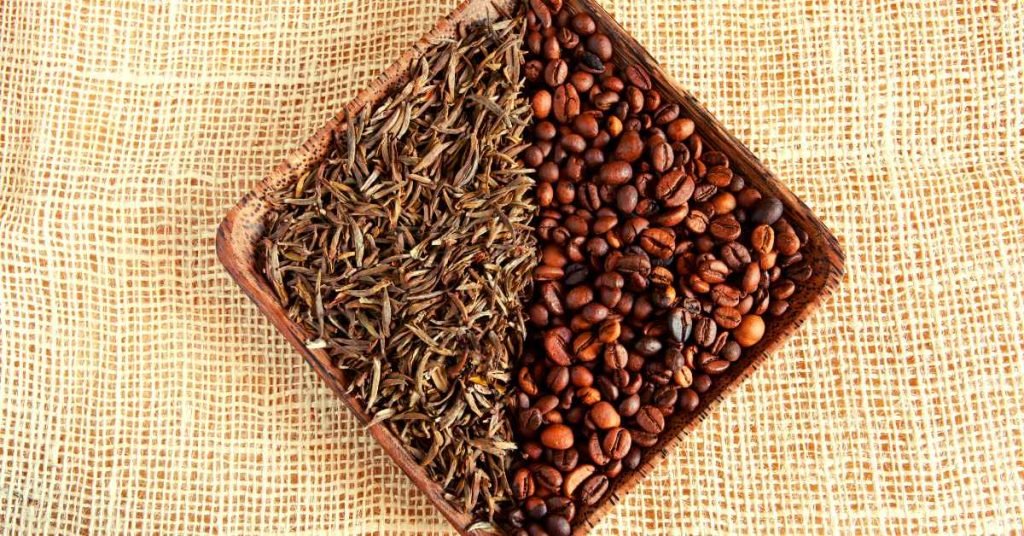
It may strike you that we say caffeine and not theine, but there is really no difference between theine and caffeine: it is the same molecule.
Caffeine is a chemical compound of the xanthine family that stands out for its stimulant effects. It is also odorless, bitter-tasting, and water-soluble.
Apart from tea, caffeine is also naturally present in coffee, guarana, cocoa, and other plants.
Depending on its origin, it can be called caffeine, theine, or guaranine, but to avoid confusion, we prefer to call it in its most widespread form: caffeine.
However, it is true that the stimulating effects of coffee and tea are somewhat different. This is not due to caffeine but to the fact that tea contains L-Theanine, an amino acid that is capable of relaxing us without producing drowsiness.
When L-Theanine is combined with caffeine, the effects of caffeine are softened, stimulating the mind without tensing the body.
Sugar and Tea
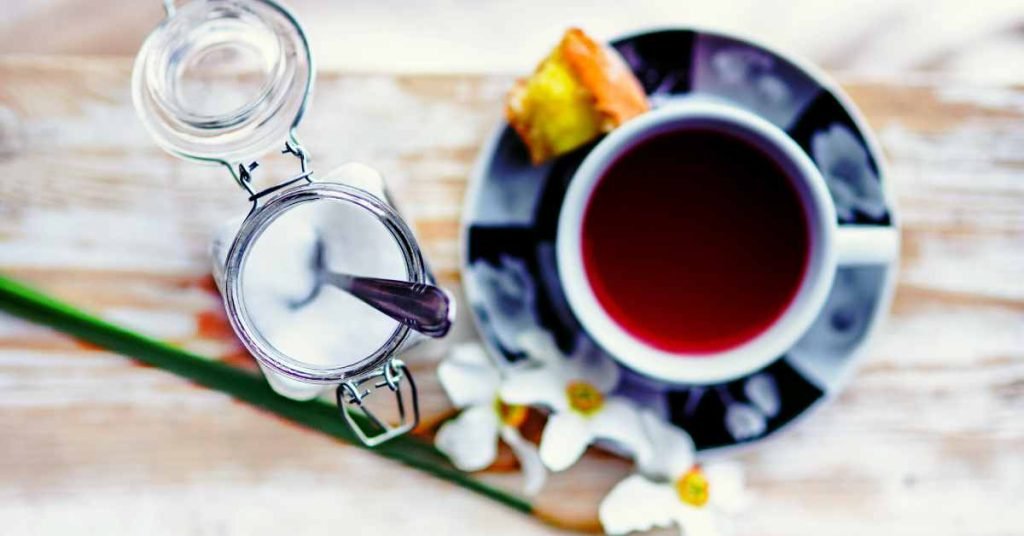
As a curious fact, do you know why sugar sweetens tea?
As we have said, caffeine has a bitter taste, the more potent the more dispersed the caffeine molecules are in the tea. Sugar helps the caffeine molecules to group together.
Thus it manages to reduce the bitterness of this compound, giving us a sensation of sweetness in the mouth.
How Is Theine-Free Tea Made?
Rooibos tea is a very popular variety because, in addition to its numerous benefits, it is caffeine-free.
However, don’t let its name confuse you. It is not a tea that has had the caffeine removed, but rather Rooibos tea is made from the leaves of Aspalathus linearis, not Camellia sinensis, as is the case with true teas.
Therefore, rooibos tea is actually a herbal tea and not a tea.
Matcha Tea
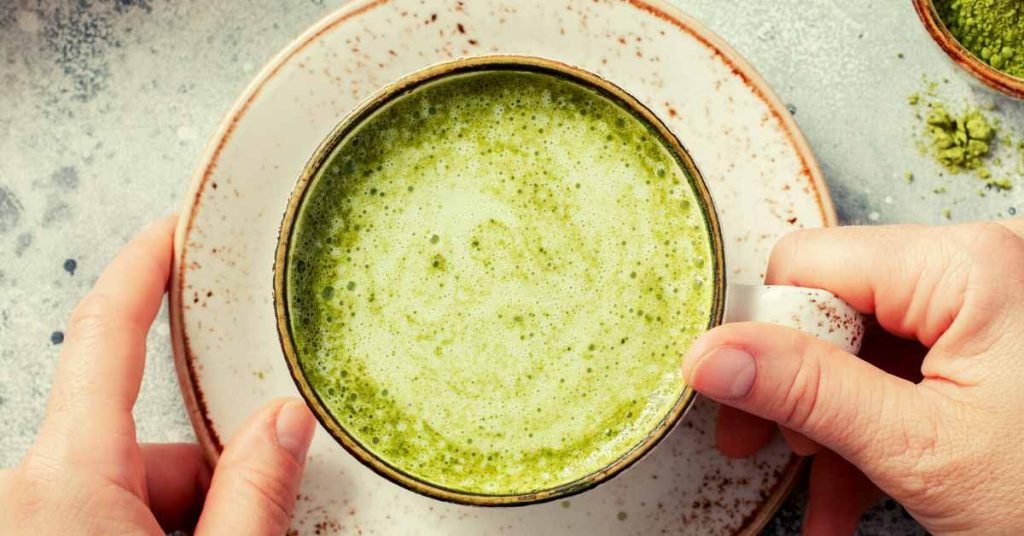
Matcha tea deserves special mention because of its great popularity and the remarkable benefits attributed to it. Matcha tea is made by grinding the tea leaves to a very fine, deep green powder.
In addition, the Camellia sinensis bushes are covered to protect them from the sun in the weeks prior to harvesting. As a result, matcha tea has a higher amino acid and L-theanine content.
Tea Production Process
As we have explained, all teas are the result of infusing the leaves of the Camellia sinensis and what they really differ in is their processing.
To begin with, the tea leaves are dried, so that a large part of the fatty acids is converted into aromatic compounds.
For this reason, the aroma of the different tea varieties is greater the longer the withering phase. It should be noted that the tea leaves must be shaken to ensure uniform withering.
They then undergo an oxidation process. The enzyme polyphenol oxidase reacts with oxygen. Depending on the variety of tea, this process takes more or less time.
For example, it is very short in green tea or white tea, while black tea has a high degree of oxidation. This is why its color is darker than that of other tea varieties.
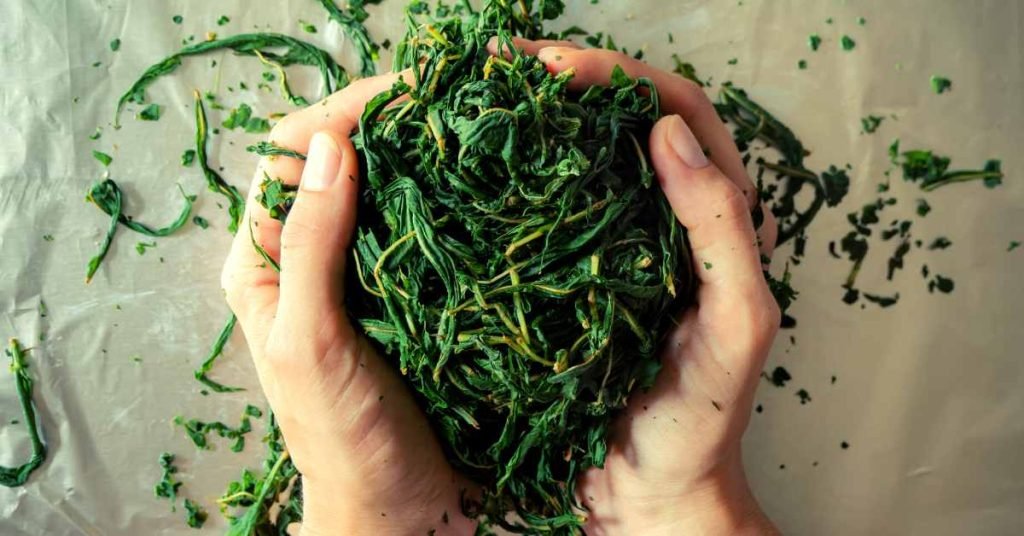
In some types of tea, especially green tea, heat is even applied so that the active ingredients do not oxidize.
The heat deactivates the enzyme polyphenol oxidase, thus reducing oxidation.
The tea leaves are then left to ferment for a certain time, depending on the type of tea.
In addition, the humidity and temperature conditions are also different, as they provide a different nuance to each of the tea varieties.
Before tea is packaged and marketed, it is necessary to select leaves of similar size and shape.
Benefits of Tea
The properties and benefits of tea are still being studied, as well as its variations among the different types of tea.
However, fans of this drink are in luck because it has already been proven that tea has multiple health benefits.
It is able to relax us without causing drowsiness, accelerates metabolism, strengthens the immune system, and helps fight cellular aging.

Therefore, enjoy a cup of tea with the certainty that you are giving your body a gift. Of course, as Paracelsus said, “the dose makes the poison”, so do not think that because tea is good for your health you can drink endless amounts of it.
MEDICAL DISCLAIMER
Itsnevernotteatime.com cannot and does not contain medical/health advice. The medical/health information is provided for general and educational purposes only and is not a substitute for professional advice.



